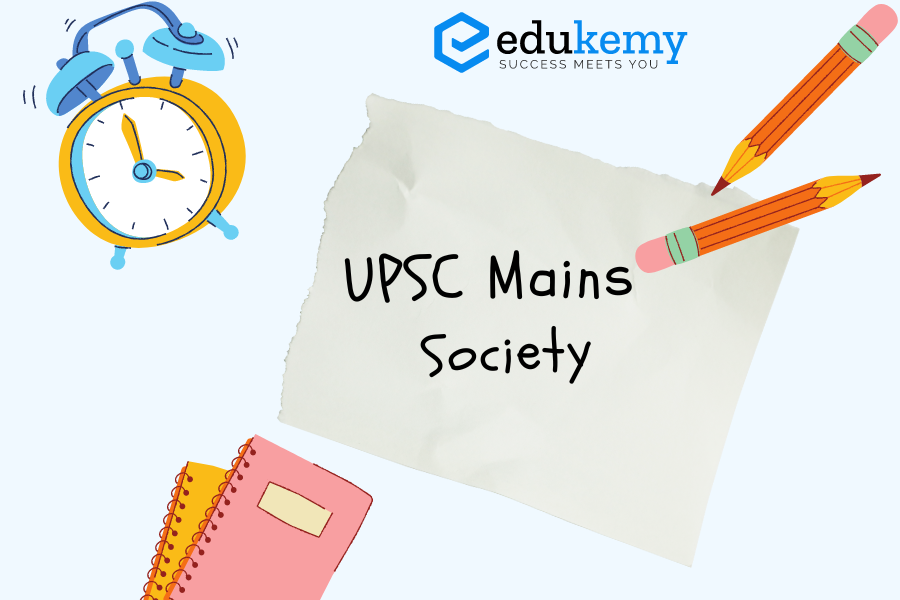
Introduction:
India, renowned for its diverse cultures, languages, and religions, prides itself on embodying ‘unity in diversity.’ Numerous mechanisms are in place to uphold this distinctive feature and simultaneously foster unity and diversity. However, the role of regionalism, influenced by various factors, adds complexity to this equation.
Body:
Constitutional Mechanisms:
- Provisions for Geographical Unity: The Constitution emphasizes India as an “indestructible Union of the Destructible states,” with a commitment to promoting the ‘unity and integrity of the nation.’
- Provisions for Ethnic and Cultural Unity: Article 29 mandates the protection of the unique culture and traditions of diverse ethnic groups.
- Provision for Religious Unity: Articles 25 and 15 ensure the freedom to practice any religion without discrimination.
- Provision for Unity in Diverse Languages: India’s constitution recognizes 22 languages in Schedule 8, refraining from imposing a single national language.
Policy Mechanisms:
- ‘Ek Bharat, Shreshtha Bharat’ Program: Aims to enhance interaction and mutual understanding between people from different states/Union Territories.
- New Education Policy 2020: Implements the ‘3 Language formula’ in school education.
- One Nation-One Ration Card: Facilitates inter-state mobility among the workforce.
- Establishment of Bodies: National Integration Council, Inter-state Council, among others.
Regionalism’s Role in Maintaining ‘Unity in Diversity’:
Causes of Regionalism:
- Linguistic Division: Demand for linguistic states has led to the creation of states like Andhra Pradesh and Punjab.
- Regional Culture and Ethnicity: Cultural factors heavily influence the formation of states in the northeast and Jharkhand.
- Economic Disparities: Economic factors, state classifications, and resource allocation contribute to regional grievances.
Negative Impacts:
- Threat to National Unity: Regionalism fuels movements challenging the political and administrative setup, such as the Khalistan movement.
- Undermining National Development: Regional demands can divert attention from national development, focusing on regions associated with influential leaders.
- Hindrance in Diplomacy: Regionalism may obstruct international diplomacy, opposing agreements and creating challenges.
Positive Impacts:
- Balanced Regional Development: Regional aspirations contribute to balanced development as central authorities address concerns to reduce regional disparities.
- Competitive Federalism: Regionalism encourages competition among regions, elevating underdeveloped areas to national growth standards.
- Promotes Democratic Culture: Encourages democratic values through discussions, debates, and actions on regional issues.
Conclusion:
In conclusion, the mechanisms to promote unity and diversity in India encompass constitutional safeguards, policies, institutions, and legal protections. While regionalism is an inherent aspect of India’s federal polity, achieving harmony amidst diversity poses a complex challenge that requires a delicate balance.

In case you still have your doubts, contact us on 9811333901.
For UPSC Prelims Resources, Click here
For Daily Updates and Study Material:
Join our Telegram Channel – Edukemy for IAS
- 1. Learn through Videos – here
- 2. Be Exam Ready by Practicing Daily MCQs – here
- 3. Daily Newsletter – Get all your Current Affairs Covered – here
- 4. Mains Answer Writing Practice – here

